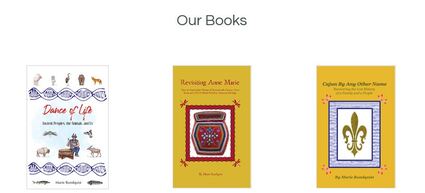Sweetgrass Memories in Mi'kma'ki: Memories of Summer Travel to Nova Scotia in the Summer of 20167/30/2016
Thank you to Carmen D'Entremont of the Centre acadien - Université Sainte-Anne and Alyre Theriault for helping me to make my presentation, "How DNA Helps You with Your Genealogy," held July 18th, 2016, a success. The presentation took place at the Louis E. Deveau Centre d' Entrepreneuriat,"
Université Sainte-Anne at Church Point, Nova Scotia, the room was filled to capacity, there was not an empty chair to be filled, and more had to be brought in. Many friends were in the audience and I met many more. What a wonderful memory was made! The above images capture the essence of my latest Travel by Ancestry trip to Nova Scotia, Canada and the three strands of the sweetgrass braid (shown in the picture on the right) represent the three aspects of family study represented on the dna-genealogy-history website: the genetic (DNA), the relationships (genealogy) and the oral tradition (history). Portrayed in the above image are a hand-crafted rattle made from raw-hide and wood and a sweetgrass braid, bound by red ties on each end. Sweetgrass is essential to the Native smudging tradition in Mi'kma'ki; its scent is honey-sweet and the blades of grass are soft and shiny. 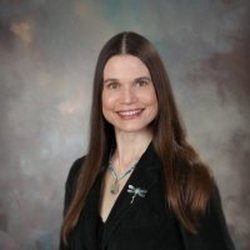 Marie Rundquist, Author, Genetic Genealogist and DNA Specialist Marie Rundquist, Author, Genetic Genealogist and DNA Specialist Marie Rundquist Presents: "How DNA Helps You with Your Genealogy" Monday evening, 7:00 P.M., July 18, 2016, Louis E. Deveau Centre d' Entrepreneuriat* Room 104, Université Sainte-Anne at Church Point, Nova Scotia Washington, D.C. area resident, University of Maryland College Park graduate Marie Rundquist applies her diverse experience -- as a DNA project manager, collaborative research community moderator, and president of an information systems consulting firm, in researching her North American family history. Interweaving DNA test results, history, and genealogy, Marie Rundquist develops comprehensive historical narratives that are uniquely products of the present but which give voice to unheard ancestors, and truths, of the past. Presentation attendees will learn how to apply the following DNA test results to answer genealogy questions:
Marie Rundquist's published books and articles include Revisiting Anne Marie: How an Amerindian Woman of Seventeenth-Century Nova Scotia and a DNA Match Redefine American Heritage (2009), Cajun by Any Other Name: Recovering the Lost History of a Family and a People (2012), and "Finding Anne Marie: The Hidden History of our Acadian Ancestors (2006)." Marie Rundquist was among 55 authors of Acadie Then and Now: A People's History (2014), edited by Warren Perrin, Phil Comeau and Mary Perrin. The collective work that chronicles the past and present histories of Acadians worldwide was awarded the Prix France-Acadie 2015. Related training and memberships: Learning from the Knowledge Keepers of Mi'km'aki, MIKM 2701 (2016) Certificate of Completion from Cape Breton University, Unama'ki College (Nova Scotia, Canada). Analyzing and Utilizing Data from Next-Generation Sequencers in the Forensic Genomics Era, ISHI Oct 12-15 2015 Texas. International Society of Genetic Genealogy. Amerindian Ancestry out of Acadia DNA Project Manager. * The Louis E. Deveau Centre is located on the campus near the water ponds. I am pleased to find the Learning from the Knowledge Keepers of Mi'km'aki, MIKM 2701 (2016) Certificate of Completion from Cape Breton University, Unama'ki College (of Nova Scotia, Canada) in this evening's mail. Thanks to Ashlee Consulo Willox, PhD, Stephen Augustine, Dean, and Dr. David Wheeler, President and Vice Chancellor, Cape Breton University, and all presenters and organizers for delivering this once-in-a-lifetime eleven-part series. I will treasure this certificate and the oral histories and insights that were shared for the rest of my days and factor all into my world view of Mi'kma'ki. Msit No'kmaq. All My Relations.
[Updated 2/15/2023] The reference site that was originally provided for quoted material from Andre Vachon, cited as "http://lejeune.cma2014.com/en/genealogie" is no longer available on the Interenet, and the broken link, and the invitation to reference the information provided, has since been removed from this post.
------------------------------------------------------------------------------------------------ As many know, our Amerindian Ancestry out of Acadia Lejeune / Young Y DNA study has established a DNA signature that has repeated successfully in all male participants thus far. It's great to have all of these matches accumulating in the study -- and the consistency of findings, and the Y DNA signature, says lots about the staying power of this paternal line throughout the generations of Lejeune / Young men! Lejeune family expert, published author, and Acadian historian André-Carl Vachon, who has been so kind, gracious and helpful to our study, in verifying the lines of our Lejeune / Young men, has furnished the following update regarding the line of our Pierre Lejeune of Old Acadia: "Genealogy of the family of Pierre Lejeune and Marie Doucet" "Pierre Lejeune dit Briard arrived in Acadia on September 23, 1651. He would have been recruited between March and June, by the new governor of Acadia, Charles de Saint-Etienne, Sieur de La Tour, appointed by the King on February 27, 1651. In New France, the employment contracts had a duration of three years. Therefore, Pierre Lejeune could not get married before the end of his contract, which was in 1654. That's when he married Marie Doucet, the daughter of the Major of Port Royal garrison, Germain Doucet and a French woman (a European: DNA haplotype "T2"). Results are published under the heading Haplogroup R1b2 - Pierre Lejeune Subgroup here: https://www.familytreedna.com/public/AcadianAmerIndian?iframe=yresults Thank you and best to all in Lejeune / Young Y Chromosome DNA ! Marie Rundquist, Administrator Amerindian Ancestry out of Acadia Family Tree DNA Project |
Archives
June 2025
Categories
All
|
DNA-Genealogy-History.com Site Index:
Copyright 2025 Marie Rundquist., DNA Genealogy History, LLC
DNA Genealogy History, LLC is a registered S Corporation with the State of Virginia and the Federal Government since 2017, is a retailer and distributor of books and digital publications, and is certified, authorized and empowered to collect Sales and Use Tax for the Commonwealth of Virginia.
E-Mail Your Comments to [email protected]
This website is not intended for users located within the European Economic Area.
DNA Genealogy History, LLC is a registered S Corporation with the State of Virginia and the Federal Government since 2017, is a retailer and distributor of books and digital publications, and is certified, authorized and empowered to collect Sales and Use Tax for the Commonwealth of Virginia.
E-Mail Your Comments to [email protected]
This website is not intended for users located within the European Economic Area.
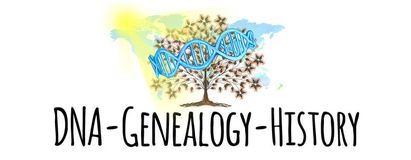
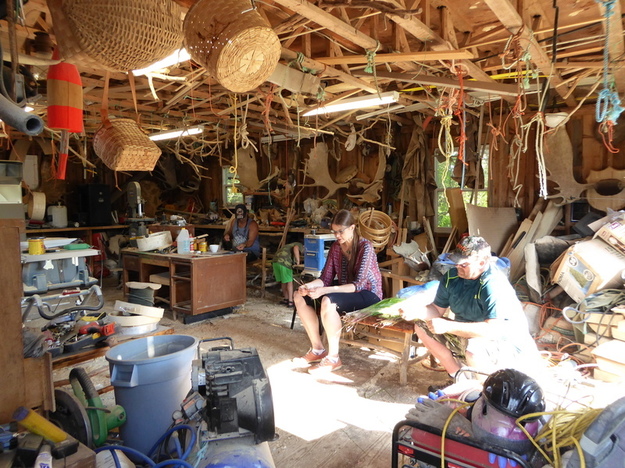

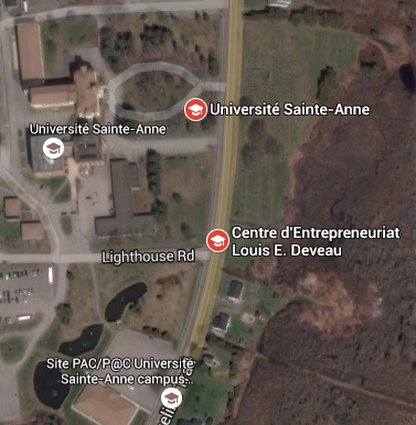
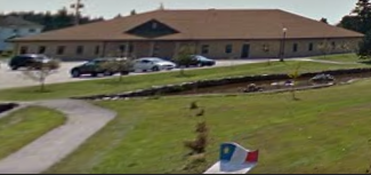

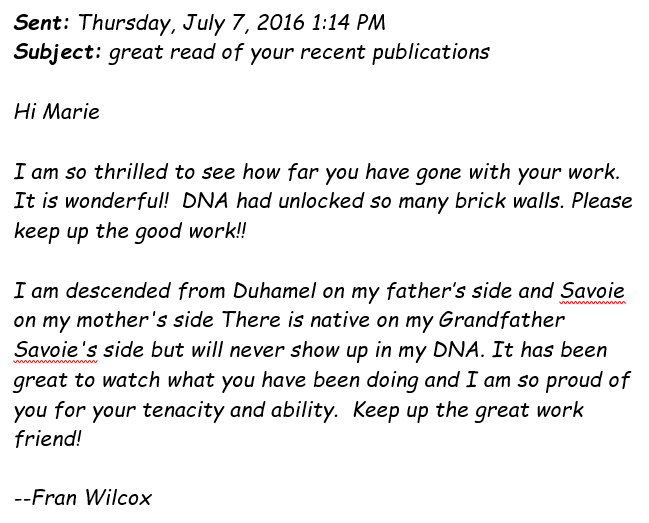
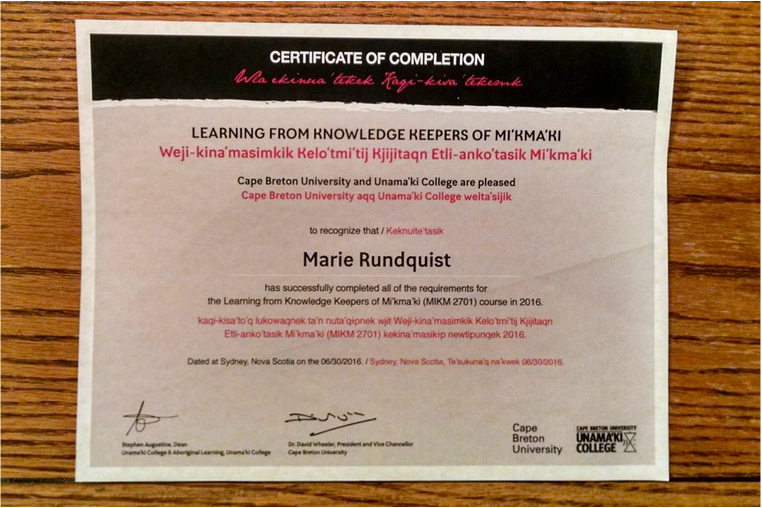

 RSS Feed
RSS Feed
